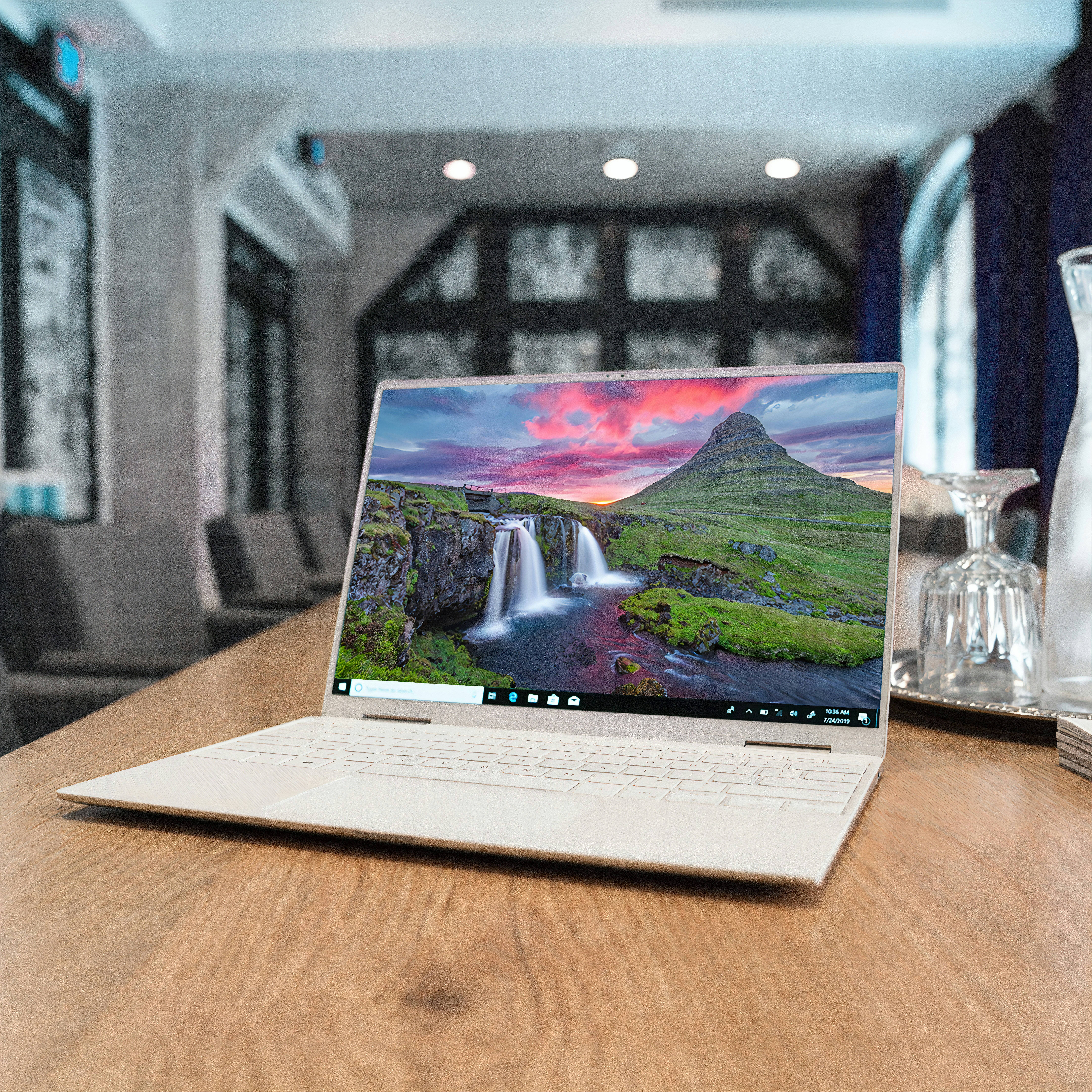How to Build a Website in 24 Hours: A Beginner’s Guide

Building a website can seem like a daunting task, especially if you’re a beginner. But what if I told you that you can have a fully functional website up and running in just 24 hours? Sounds impossible? It’s not! In this guide, I’ll walk you through the entire process, step by step. Whether you're creating a personal blog, portfolio, or a simple business website, follow these instructions, and you’ll be amazed at what you can accomplish in just one day.
What You’ll Need Before You Start
To build a website in 24 hours, you’ll need a few things:
- A Domain Name – Your website’s address on the internet (e.g., www.yoursite.com).
- Web Hosting – A service that stores your website’s files and makes them accessible on the internet.
- A Text Editor – A tool where you’ll write your website’s code. Popular choices are Visual Studio Code or Sublime Text.
- A Web Browser – To view your website as you build it.
- A Website Builder (Optional) – If you’re not into coding, you can use a website builder like WordPress, Wix, or Squarespace.
Step 1: Choose a Domain Name and Web Hosting (1-2 Hours)
Before diving into building your website, the first thing you need is a domain name and hosting.
- Choose a Domain Name: Keep it short, memorable, and relevant to your website's purpose. Websites like GoDaddy, Namecheap, or Google Domains offer domain registration services. Aim for something catchy that reflects your content.
- Choose a Web Hosting Service: There are plenty of hosting options available. For beginners, I recommend Bluehost or SiteGround, as they offer easy setups and good customer support. You’ll find hosting plans that include a free domain for the first year, which makes it convenient to start.
Once you've bought your domain and hosting, you'll need to connect them. Hosting providers usually provide a simple process for connecting your domain to your hosting.
Step 2: Plan Your Website Structure (1 Hour)
Before you start building your site, it’s crucial to plan its structure. Here’s a simple layout to start:
- Home Page: The first page users will see. It should provide a welcoming introduction to your site.
- About Page: Tell your visitors who you are and what your website is about.
- Contact Page: Let people know how they can reach you.
- Blog or Portfolio Page (Optional): If you’re planning to publish regular content or showcase your work.
Sketch out a rough idea of where you want text, images, and other elements to appear on each page. This will help keep things organized as you build.
Step 3: Set Up Your Website with WordPress (2-3 Hours)
If you’re looking for a fast, no-code solution, WordPress is your best friend. It’s the most popular content management system (CMS) and is user-friendly for beginners.
- Install WordPress: Most web hosting providers offer a one-click WordPress installation. After logging into your hosting account, look for the WordPress installation option and follow the instructions.
- Choose a Theme: WordPress offers both free and premium themes. Choose one that fits the style of your website. You can customize themes later, but starting with a good foundation helps speed up the process.
- Customize Your Site: After activating the theme, go to the Appearance section in WordPress and start customizing colors, fonts, and layout. You can add your logo, change header images, and more.
Step 4: Add Essential Pages and Content (3-4 Hours)
Now that your WordPress site is set up, it’s time to create content and structure your website.
- Create Pages: Go to the WordPress dashboard and create your home, about, and contact pages. To create a page, click on Pages > Add New and then publish the content.
- Add Content: Write your content for each page. Be sure to keep it concise and engaging. Add images to make your site visually appealing (free images can be found on sites like Unsplash and Pexels).
- Set Up Your Menu: Go to Appearance > Menus and add your newly created pages to your site’s navigation bar.
Step 5: Optimize Your Website (2-3 Hours)
You want your website to load fast and perform well. Here are a few quick steps to optimize it:
- Install Plugins: WordPress has plugins that help improve performance, security, and SEO. Some essential plugins include:
- Yoast SEO (for search engine optimization)
- WP Super Cache (for faster loading)
- Akismet Anti-Spam (for spam protection)
- Mobile Optimization: Ensure your website looks great on mobile devices by checking your theme’s mobile responsiveness. Most themes today are already optimized for mobile, but double-checking is always a good idea.
- Check Speed: Use tools like GTmetrix or Google PageSpeed Insights to check the speed of your site and make adjustments if needed.
Step 6: Launch Your Website (1 Hour)
It’s time to go live! Double-check everything to ensure all pages are working correctly and that all links are functional. If you’re happy with your website’s appearance and performance, hit the Publish button.
Once published, share your website with friends and family and on your social media accounts. Start promoting it, and don’t forget to ask for feedback to improve it further.
Step 7: Keep Improving Your Website (Ongoing)
Building a website is just the beginning. As you start getting visitors, you’ll want to constantly improve your site. Regularly update your content, track user feedback, and make necessary changes to enhance your website’s performance.
